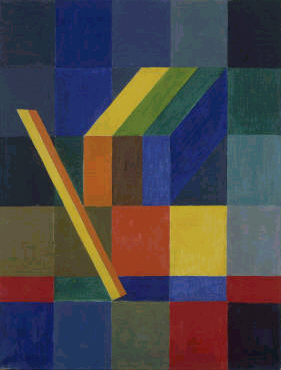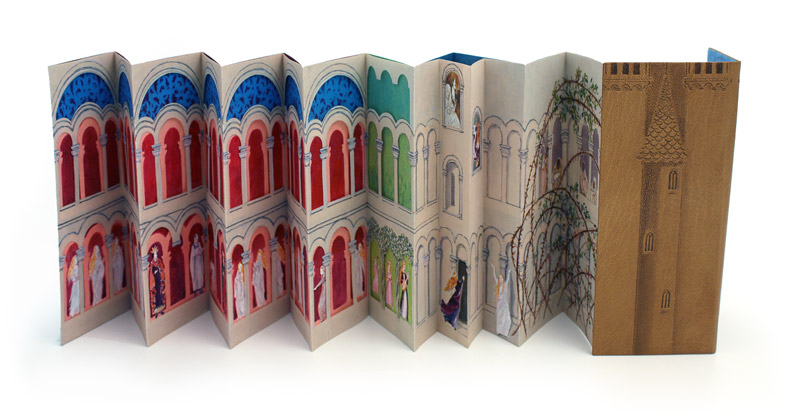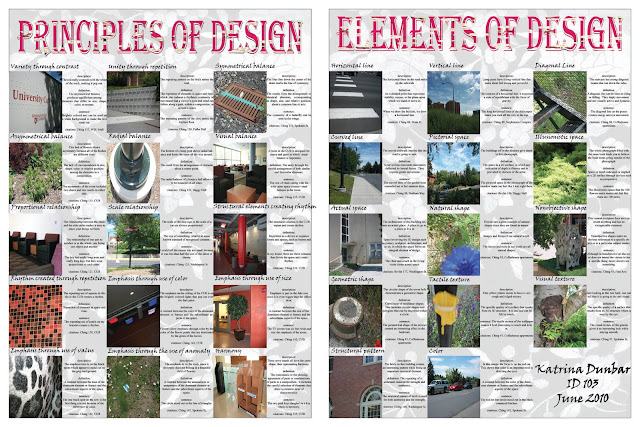

I felt very privileged to view this sculpture in the South African National Gallery yesterday. It was wonderful to see the flattened heads and textures of the skin and how it emphasized their mutilation. The sculpture mood is a juxtaposition of abandonment and fear.
Professor Jane Alexander teaches sculpture at the Michaelis School of Fine Art and works mainly with figurative sculpture installation and tableaux and photomontage. Professor Alexander’s latest figures are on display at the Cathedral Church of St. John the Divine in Morningside Heights.
Below is a New York Times review of Alexander’s ‘Surveys (From the Cape of Good Hope)’:
The Cathedral Church of St. John the Divine in Morningside Heights is an occupied zone this spring, with a transient population of unearthly beings camped out in its chapels and aisles. They aren’t saints or angels, though some, in their odd way, do look angelic. They’re more closely related to the marginal creatures carved on high corbels and capitals in medieval churches: half-hidden, half-human, half-bestial things, refugees from the subconscious, defectors from dreams, staking claim to turf in the spiritual realm.
Multimedia
Multimedia
The figures at the cathedral were created by the South African artist Jane Alexander, who was born in 1959 and lives and works in Cape Town. She has been exhibiting internationally since the early 1990s, though her profile here is fairly low. She doesn’t like to sell her art, and little of it is in public collections outside of Africa. Her strange and wonderful show “Jane Alexander: Surveys (From the Cape of Good Hope)” at St. John the Divine is her first New York solo.
She’s best known for a single early piece called “Butcher Boys,” begun when she was in graduate school in Johannesburg in 1985. It’s a sculptural tableau of three plaster figures, male, nude and life-size, seated side by side on a bench. Their bodies, white-skinned and muscular, are superb, but with suture lines running from navel to throat, also disturbing. They’re like Apollos who have survived an autopsy. And any illusion of perfection ends with their heads, grotesque hybrids of human and animal forms, with protruding horns, sealed-up mouths and burning eyes. While the piece was in progress, South Africa was in the grip of a political emergency that generated acute and continuous racial violence. Ms. Alexander, who is white, was responding to that reality, yet didn’t intend the sculpture to be narrowly topical. Instead, it was about a certain kind of power — dumb, pumped, ugly, but also uncomprehending and abstract, as surely trapped by circumstance as its victims were, controlled by some inscrutable greater evil.
Inscrutability characterizes, and carries, the survey, which was organized by the Museum for African Art in New York and originally seen at La Centrale Électrique-European Center for Contemporary Art in Brussels. All the work dates from the years after apartheid officially ended in the 1990s. And while the use of interspecies melding seen in “Butcher Boys” continues, the overall tone is less brutish, more tender and harder to pin down.
The cathedral setting contributes to this sense of dramatic, sometimes comic mystery. (What are churches if not spiritual opera houses?) And the exhibition curator, Pep Subiros, in collaboration with Ms. Alexander, makes the most of this by placing the bulk of the art in individual chapels, each a kind of mini-theater, surrounding the main altar.
The show begins with two series of photographs and photomontages dating from 2003 to 2009. A dozen color pictures line a nave wall; black-and-white images flash by as a slide show in a chapel dedicated to St. James. Some of the pictures are of South African landscapes: flat, bleak, broken by power lines and reactors. Others are shots of Cape Town: a decrepit housing project, a tightly secured luxury home, a shopping mall, a church, a stretch of fencing topped by razor wire with unidentified low-rise buildings beyond.
Only a few figures stir in this desolation, some of them bizarre. There are a young boy who seems to be wearing an ape mask; a sheep-headed workman dressed in coveralls; a dog-headed man; a tall, long-beaked, beady-eyed bird that resembles an ibis but has no wings. Outlandishly ordinary, all of them will materialize as sculptures in the installations ahead.
The boy in the ape mask turns up in a chapel dedicated to St. Ambrose, patron saint of schoolchildren and pets, along with eight other identical gray-skinned bodies, raggedly dressed or nude. Collectively titled “Bom Boys” — a street-gang name using the Afrikaans word for bomb — they were inspired by groups of homeless youths, orphaned by violence or AIDS, who hung out in the Cape Town neighborhood where Ms. Alexander lived from 1990 to 2000.
Five of the boys in the installation wear animal masks — ape, mouse, bird, rabbit, pig — that seem to be grafted to their faces. They are becoming the roles they play. Another wears a blindfold; yet another has a towel thrown over his head. Ms. Alexander has described the youths she knew as both pitiable and vaguely threatening. Her sculptures convey this and more. They’re robotic and fantastic, child soldiers drawn by John Tenniel.
The show’s largest and most complex installation, “African Adventure,” is in the St. Columba Chapel, where it takes up much of the space. Set on a carpetlike rectangle of red-brown soil, it has a dozen or so components. More bom boys are here, but now in business suits and commandingly perched on ammunition crates. They look like bankers or undertakers. They’re joined by ape-headed men and an ibis, familiar from photographs.
And there are two new characters. One is a seated, feline-faced female, wearing a white christening or bridal gown and a tiny gold tiara. Petite and wide-eyed, she has no hands; her arms end in stumps. She radiates vulnerability. The other newcomer, a powerfully built, life-size male, looks vulnerable too, but for different reasons. His head is covered by a sack, making him blind. He drags behind him, attached by ropes, a heavy train of symbolic hardware: machetes, sickles, toy trucks and tractors, instruments of fertility or destruction, depending on how they’re used.
Mr. Subiros’s subtle care keying the art to the church environment is evident here. The chapel is the permanent home of a bronze altarpiece made by Keith Haring in 1990, the year he died of AIDS. Its central image of the birth of Jesus is a curiously raucous one, with the baby floating over a mosh pit of hungrily reaching hands. The scene could as easily be a Last Judgment as a Nativity. Its mix of aggression and sweetness corresponds to a similar tension in “African Adventure,” with its references to colonialism, war, slavery, childhood and marriage.
Two smaller installations are more overtly in sync with their settings. In the St. Boniface Chapel, some two dozen jackal-headed soldiers pose in lock-step formation before the cathedral’s monumental sculpture of the warrior angel St. Michael. And in the Chapel of St. Saviour, there’s an all-white, nunlike form, composed of layers of silk and tulle and suspended high on the wall as if rising to meet a transfigured Christ glowing in a stained-glass window.
Ms. Alexander has repeatedly insisted that her art has no single meaning, no “sum-upable” content. At the same time, its painstakingly calibrated ambiguity leaves it open to spiritual interpretation and political speculation, as is suggested by the exhibition’s final sculpture. Installed in the north transept, an open-air, courtyardlike space since a fire destroyed its roof in 2001, the piece is essentially two cages, one inside the other, made of metal fencing topped by razor wire. The narrow walkway between their walls is paved with hundreds of machetes, sickles and blood-red rubber industrial gloves. The interior cage holds a single, flightless bird, with a gull’s hooked beak and a raptor’s talons, standing on a patch of freshly sown wheat.
Is the bird, malevolent-looking and lonely, under protection or in jail? Is it threatened or threatening? The open sky offers no freedom; the bird can’t fly. But with rain and sun pouring down, the wheat will grow; a prison will become a habitat, which will then wither away. In Ms. Alexander’s art there are no good final answers, no clear comforts. What there is is moral gravity — political, poetic — and a deep, peculiar beauty that doggedly clings to margins, where the mysteries are, and soars.
“Jane Alexander: Surveys (From the Cape of Good Hope)” runs through July 29 at the Cathedral Church of St. John the Divine, 1047 Amsterdam Avenue, at 112th Street, Morningside Heights; (212) 316-7540, stjohndivine.org











 tn, f
tn, f r-)
r-)





